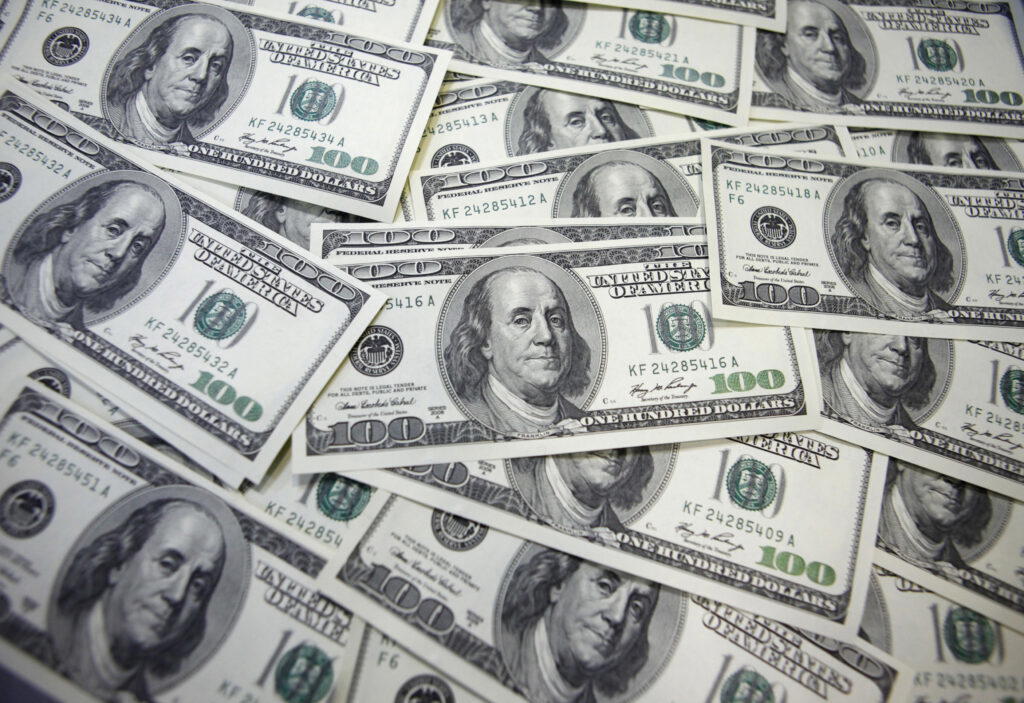The U.S. dollar traded at roughly ₦1,455–₦1,458 in the official Nigerian Foreign Exchange Market (NFEM) window on Wednesday, while the parallel (black) market quoted the dollar between ₦1,480 and ₦1,500. These figures show a continued gap between the official/volume-weighted NFEM rate and what bureaux-de-change and informal traders are offering on the street.
What happened today
Market data and rate aggregators indicate the naira held within a narrow band in the official market on Wednesday, trading around the mid-₦1,400s per dollar after recent stability delivered by improved FX liquidity and inflows into local assets. Meanwhile, informal market quotes stayed higher — reflecting persistent demand from importers and retail dollar seekers in the parallel market.
Why the gap remains
Analysts point to several drivers behind the persistent spread between the NFEM/official window and the parallel market:
Differing liquidity and participants: NFEM prices reflect transactions by banks, corporates and FMDQ-listed trading; the parallel market is dominated by retail demand and BDCs.
Policy and market expectations: The Central Bank’s recent moves and communications around interest rates and FX interventions shape flows. (The CBN and market participants have operated amid easing inflation and a modest policy-rate reduction in September that has influenced market sentiment.)
Import needs and remittance timing: Ongoing importer demand, and episodic corporate buying, push informal rates above the NFEM average.
Market context and trend
Over the past week the USD/NGN has fluctuated but broadly traded in the high-₦1,400s in both official and unofficial windows. Currency data providers show that the naira has experienced modest appreciation from some October peaks, but local market volatility remains sensitive to foreign inflows, oil receipts and CBN interventions.
What this means for Nigerians and businesses
Importers: Still face higher effective costs if they source dollars at parallel market levels.
Consumers: Imported prices and some retail goods remain exposed to parallel-market rates.
Investors: Improved FX liquidity and signs of disinflation are positive, but the official-parallel spread is a sign of remaining market frictions.
What to watch next
CBN FX operations and statements (daily NFEM updates on the CBN website remain the primary official reference).
Oil price and receipts — Sudden changes to crude receipts can quickly change FX supply.
Foreign portfolio flows into Nigerian assets (bonds/equities) that can widen or narrow supply in the official window.
The post Dollar to Naira exchange rate today, October 29, 2025 appeared first on Vanguard News.

